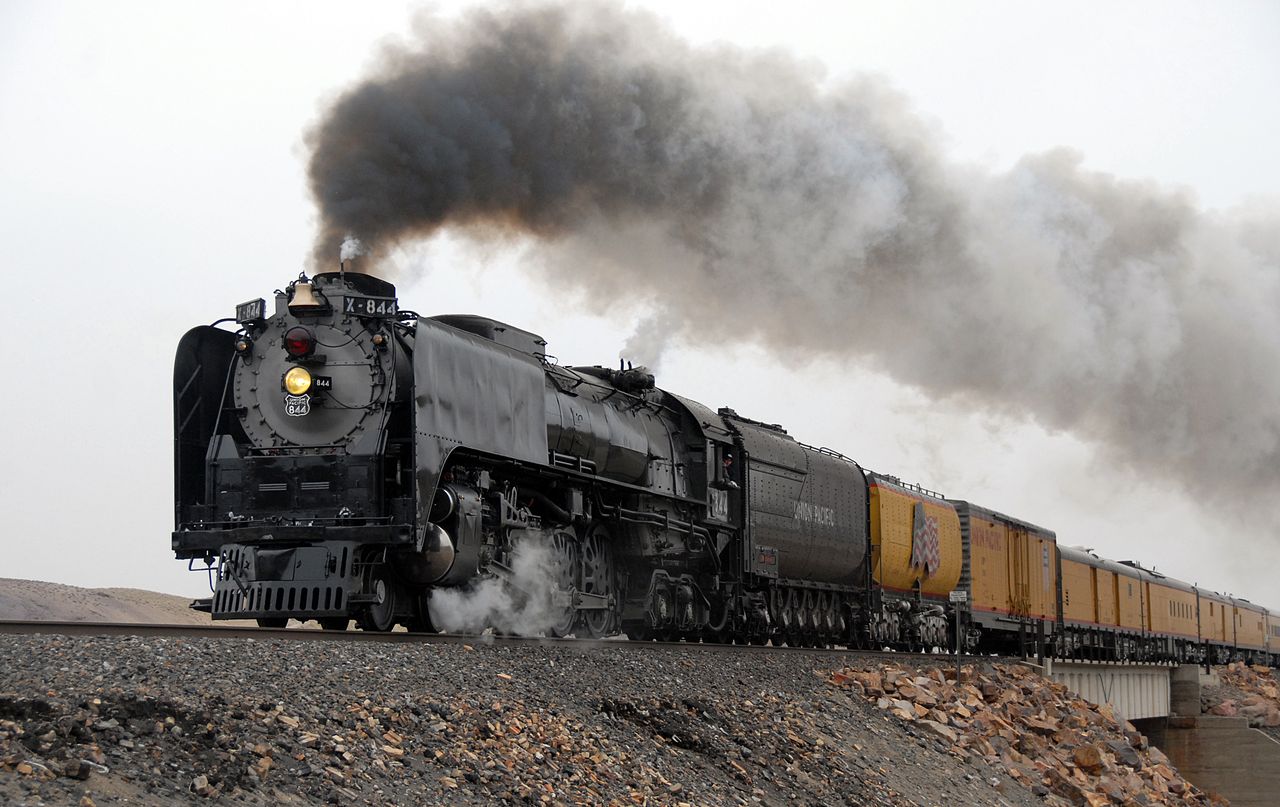There's not much left of early Nevada — soon there will be even less

Nevada is a very young state. Yes, chronologically, our statehood was ratified before most of our neighbors — Idaho was granted statehood in 1890, Utah in 1896 and Arizona in 1912, all decades after Nevada’s statehood was granted in 1864.
But Nevada’s recorded population didn’t exceed 100,000 residents until 1940. That year, the state as a whole had 110,247 residents — that, for context, is barely 1,000 inhabitants more than modern-day Sparks. The state’s largest city was also the only city with more than 10,000 inhabitants: Reno, which had a few hundred more inhabitants than modern-day Elko.
The residents of Sparks only need so many buildings, especially when you scatter them across 110,000 square miles of desert.
That, however, is just part of the problem. The other part is Nevada’s earlier settlers mostly didn’t live or build where Nevadans live now. The 1930 census, taken after the mining boomtowns that defined the state during the 19th and early 20th centuries faded away, tells the story.
Storey County, home to Virginia City, had 8,806 residents in 1890. By 1930, only 667 remained. Esmeralda County, home to Goldfield, lost nearly three-quarters of its population between 1910 and 1920, then lost another half of its remaining population between 1920 and 1930. Nye County, home to Tonopah, had nearly twice as many residents in 1910 as it did in 1930 — and, in both decades, Tonopah was the only census precinct in the county to have more than 300 residents.
Put the two parts together and a story of two Nevadas emerges.
After World War II, there’s the story of the Nevada we presently live in. It’s the Nevada of paved highways, air conditioning, large casino resorts and suburban sprawl. We don’t think overly much about the buildings constructed by this Nevada because, to us, they’re mundane, quotidian, common. They’re the buildings we wake up in, drive past on our way to work, earn our living in and then return home to. Maybe we grow nostalgic over some period building or another, especially if it sits unchanging for a couple of decades, but most of them we can take or leave. We know in our souls that the buildings around us were built to a price point to meet a need.
Sometimes, given enough time, a building stops meeting any need, especially when it starts to leak, its wiring decays, its foundation and floors start to sag, its ventilation systems begin to fail and it gets infested with mold. When that happens, we tear the building down and construct a new one.
Prior to the Great Depression and World War II, however, there’s the Nevada built by and for the needs of its mining boomtowns — boomtowns which, with the history of hindsight, were seldom located near convenient sources of water on favorable terrain near pre-existing trade routes.
Many of those towns consequently required expensive infrastructure to be installed to meet even the most basic needs of their residents — including roads and railroads which, as often as not, had nothing else nearby to connect to. Once the ore was exhausted, most of those towns struggled to justify their existence. Many of them, including Aurora and Rhyolite, were emptied entirely, their contents and structures stripped for parts and shipped to more steadily prosperous communities.
There’s not much left of those mining boomtowns. What little is left is often remote and inaccessible. The rest has been vandalized, broken, burned, washed or shaken away.
Mining boomtowns, however, needed food, water and connections to existing transportation networks. Where those ingredients were in place, towns flourished. Even after the mines closed, the need for food, water and transportation remained — and so the towns with those ingredients in place, along with their buildings, endured.
Sparks — originally built as a company town for the Southern Pacific railroad in 1902 — was one of those towns. One of the first buildings built by the railroad to service its equipment was, unsurprisingly, a machine shop.
Surprisingly, over 120 years later, that machine shop still stands.
It’s surprising because, in 1957, the Southern Pacific Railroad Roundhouse — the facility built by the railroad to service its steam locomotives — was removed. It, along with the neighboring machine shop, were built to meet a need: the servicing of steam locomotives. Steam locomotives, however, were replaced by cleaner, cheaper and more reliable diesel locomotives. There was, therefore, no more need for a roundhouse or a machine shop in Sparks — and so, the roundhouse was demolished, its land repurposed to become a portion of Interstate 80.
The machine shop, however, remained standing.
It should be noted at this point that the machine shop, like all machine shops, was built to a price point to meet a specific need. It is, in many respects, the ancestor to Tesla’s Gigafactory or an Amazon distribution center — meaning, it wasn’t built to be pretty or to make an architectural statement. It was, instead, built to be a certain kind of durable, in much the same way industrial buildings are all designed to not burn down the instant someone does something industrial in them. If it was torn down along with the rest of the roundhouse in 1957, its presence wouldn’t have been missed — it was, at that point, a 55-year-old industrial building that was past its prime.
It should also be noted that the machine shop, since it stopped being a machine shop 66 years ago, has undergone exactly the amount of regular maintenance and upkeep you would expect an now-unnecessary machine shop to undergo over six decades. Parts of it are in surprisingly good repair; those parts are leased to storage companies, artists and the like. Other parts, on the other hand, are quite literally falling apart. Many of the windows are broken. Parts of the roof are missing.
Imagine getting nostalgic over this. It was built in 1966 — 57 years ago. If you were teleported in time 50 years into the future, would you expect anyone to be excited if that specific building was still standing? Would you miss its absence?
Yet, now that the Union Pacific Railroad — the successor company to the original Southern Pacific that built the machine shop over a century ago — has announced that it’s tearing the machine shop down. It’s hard not to feel a little sad. Yes, it’s a century-plus-old machine shop for a railroad that stopped needing a machine shop over six decades ago. Sure, it’s quite literally falling apart and has been for longer than I’ve been alive.
On the other hand, it’s also the last physical reminder of why Sparks was created.
Sparks has a few other old buildings hanging around, of course. There’s the old county library, which now serves as the city museum. There’s the old Bank of Sparks building, which now serves as a bridal and tuxedo boutique. The Mary Lee Nichols School now hosts a branch of a quilting shop. Robert Mitchell Elementary was originally built in 1938 and still has its original art deco-inspired exterior.
There was also the Immaculate Conception Church — was, that is, until it was recently demolished.
The rest of pre-World War II Sparks, however, exists somewhere between memorial and pastiche. The Glendale School, Nevada’s oldest remaining school building, is nearer to its original site than it was after it was moved in the 1970s — it was moved from historical Glendale, which was south and east of where Sparks would be built, to the Reno-Sparks Convention Center grounds before it was moved again to downtown Sparks in the 1990s — but it was never a school anywhere near downtown Sparks.
Lillard Park — which features a parked steam locomotive, a railroad depot replica-turned-art gallery, and a “Chinese in Nevada” historical marker — is, and I’m being somewhat charitable here, better than nothing, but only compared to Carson City’s Chinatown Marker, which memorializes an otherwise unremarkable parking lot.
To be fair, a company town with a few thousand residents isn’t going to leave behind a lot of built history, especially after the company leaves. Additionally, the residents of Sparks undoubtedly had some strong feelings regarding the end of the roundhouse and its jobs — strong feelings that likely didn’t endear them toward preserving physical reminders of their vocational abandonment. I wouldn’t be sentimental about my employer’s former buildings if I was laid off, either.
Besides, that 121-year-old machine shop has been on borrowed time since Edsels were in showrooms. The only reason it’s likely still standing is because, until very recently, it wasn’t even worth tearing down.
Even so, that old machine shop is the last real window into Sparks’s original railroading past. If you’re passing through town, take a moment to appreciate it while you still can.
David Colborne ran for public office twice. He is now an IT manager, the father of two sons, and a weekly opinion columnist for The Nevada Independent. You can follow him on Mastodon @[email protected], on Bluesky @davidcolborne.bsky.social or email him at [email protected].
